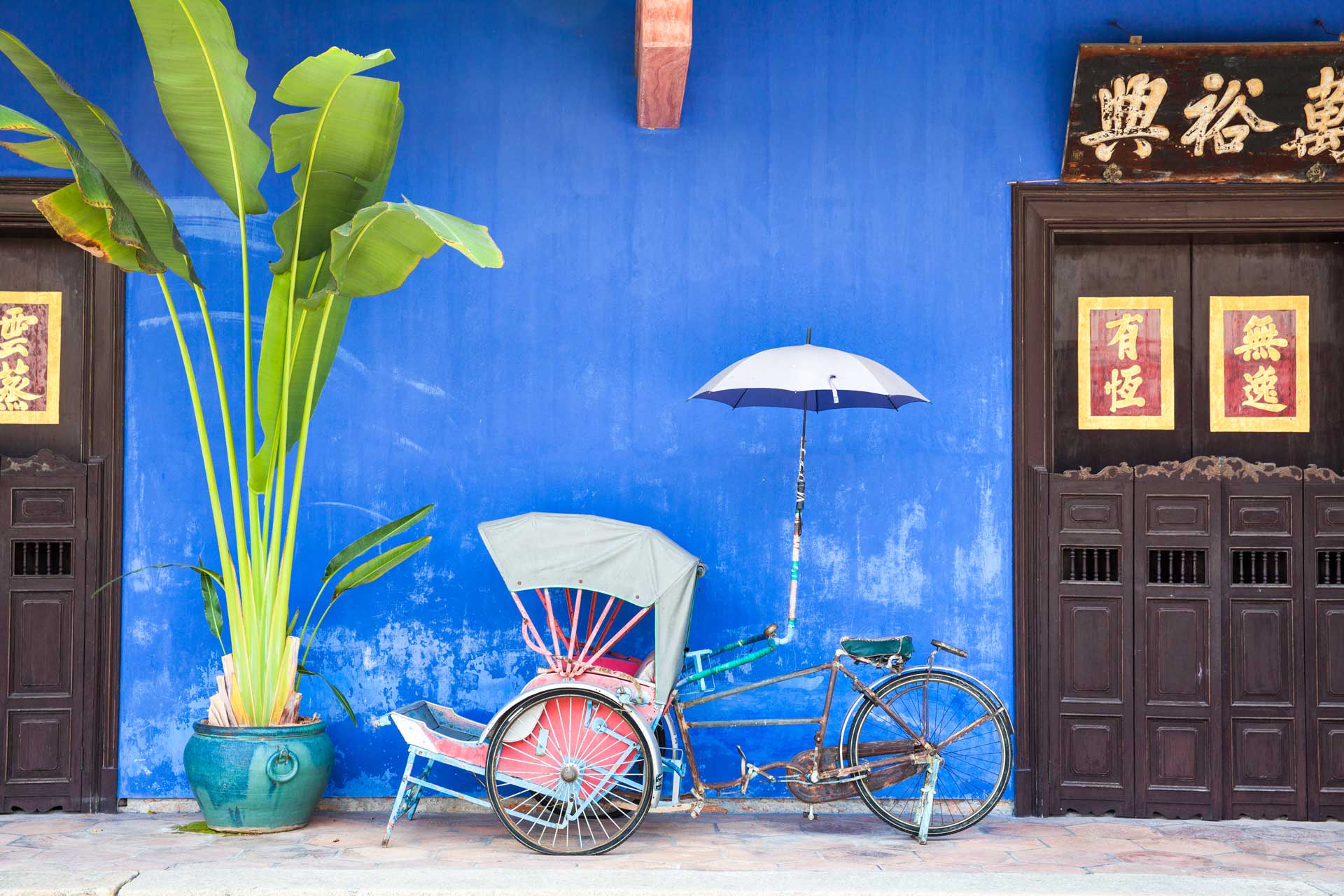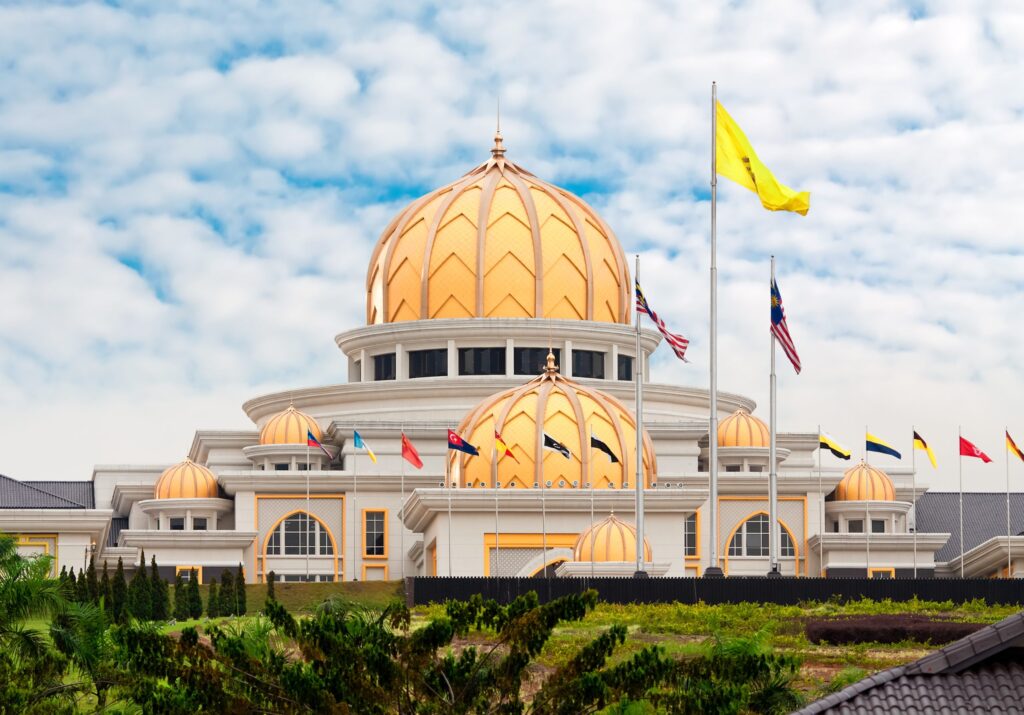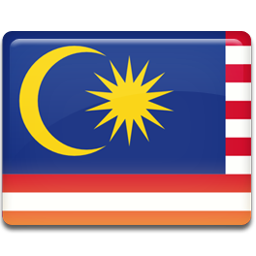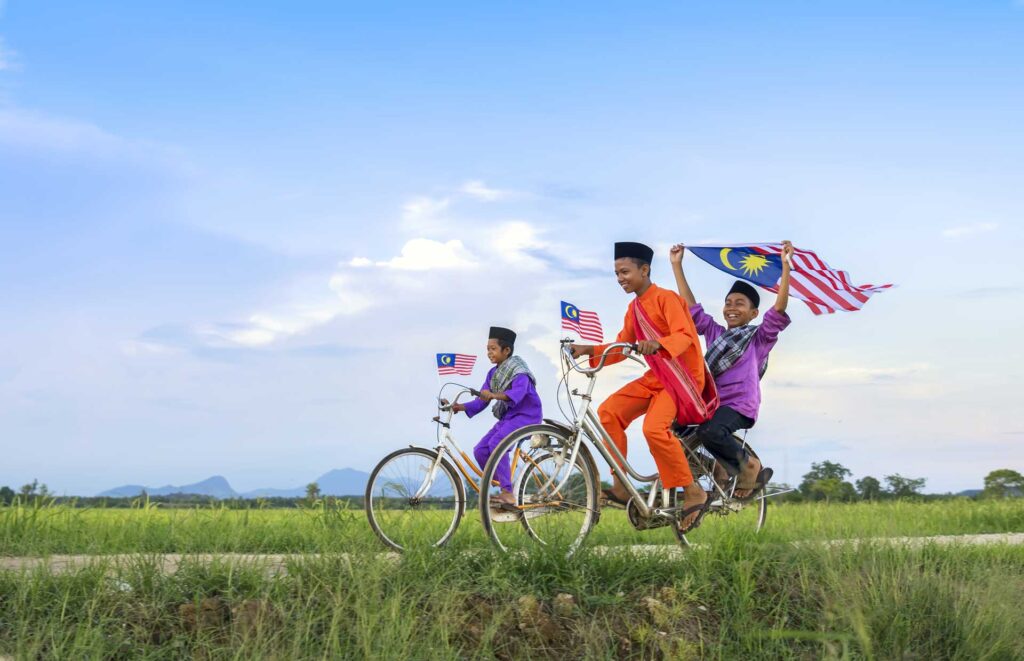Malaysia

Truly Asia
From tropical rainforests to idyllic beaches, to a stunning capital city skyline, Malaysia offers cultural diversity, culinary delights, and wonderful wildlife like no other. Shop till you drop in air-conditioned shopping malls, enjoy bartering at a local market, Sample traditional food and drink freshly brewed beer on a floating restaurant, snorkel in crystal clear waters, or just relax on a secluded beach and take in the astonishing beauty Malaysia has to offer.

Urban Jungle
Malaysia is home to some of the most ancient ecosystems on earth, with much of the land being primarily jungle. However, Kuala Lumpur offers up a dazzling cosmopolitan city, with iconic landmarks, cultural street markets and botanical gardens steeped in Malay history.

Home to Heritage
Discover unique architecture and multicultural charm, in the Unesco World Heritage–listed Melaka and George Town (Penang). These colonial cities also offer up some of the best street food in the world.

Wildlife & Scenery
Spot colourful birds and insects in lush tropical surroundings. Watch Orangutans swing through the trees. Snorkel amongst tropical fish, turtles and dolphins in an underwater paradise. Malaysia truly is a wildlife watchers dream.

Top Highlights
- Discover the local delicacies of Kuala Lumpur as you stroll the streets of memory lane.
- Uncover the secrets of this culinary diverse city as you explore the heart of Kuala Lumpur.
- Take a step back in time as you explore the National Museum.
- Relax and let the invigorating sulphurous water stimulate the body as you experience the natural Poring Hot Spring.
- Learn about the rehabilitation of injured Orangutans and their journey back to the wild.
- Cruise along the Kinabatangan River in search of local bird and other wildlife species.
- Sample local food and drink freshly brewed beer as you enjoy a traditional meal on a floating restaurant.

Malaysia Map and Infos
Capital
Kuala Lumpur
Currency
Ringgit
Language
Bahasa
Population
32 Million
Religion
Islam
Time
GMT+7

1.Lowlands & Highlands (Kuala Lumpur, Malacca and Cameron Highlands) Hot and humid throughout the year, Kuala Lumpur and Malacca experience showers that occur almost daily. In the highlands however, temperatures average a very pleasant 22 ºC in the daytime and a relatively cool 15 ºC at night with heavy rainfall between September and early December.
2. West Coast (Langkawi, Penang and Pangkor) Typical tropical climate ¬¬- hot, sunny, and humid with showers all year round. The downpours are heavier during September and October.
3.East Coast (Kuantan, Tioman Island, Perhentian Islands, Terengganu, Redang and Kota Bharu) Hot and sunny weather for much of the year with the warm waters of the South China Sea. Avoid visiting the islands during the North-East Monsoon that strikes between November and February due to heavier rainfalls which can disrupt boat crossings and safety. Outside of the North-East Monsoon months, the east coast is usually drier than the rest of Malay.